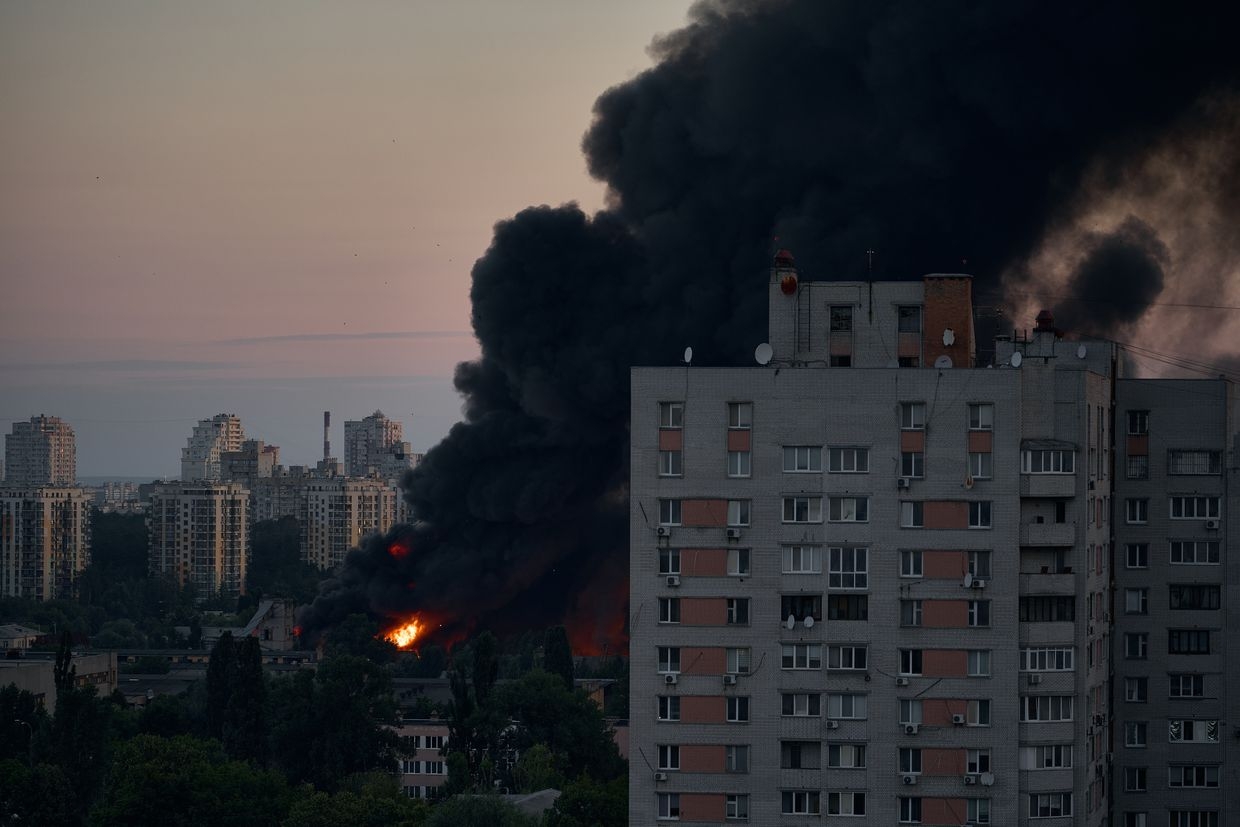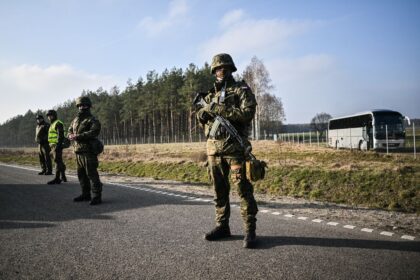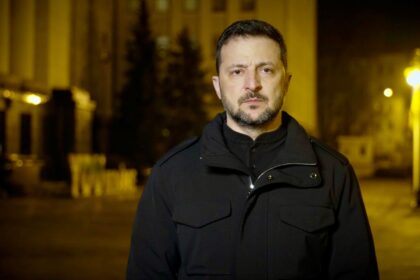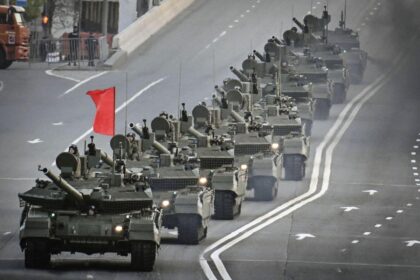**The New York Times Fails to Provide Context in its Recent Article on Ukraine’s Incursion into Russia**
A recent feature by The New York Times detailing Ukraine’s incursion into Russia’s Kursk Oblast has been widely criticized for its one-sided narrative and lack of context. The article, titled “A Landscape of Death: What’s Left Where Ukraine Invaded Russia,” was published in collaboration with the Russian government-backed Akhmat troops.
**1. Blaming NATO Expansion for Russia’s Invasion**
One of the major flaws in the article is its repetition of debunked Russian propaganda that blames NATO expansion for Russia’s invasion. The piece quotes a Sudzha resident who claims that “NATO expansion” was a major cause of the war, which is described as “reflecting arguments in state media.” However, experts have thoroughly debunked this narrative, and it ignores the fact that Russia instigated the conflict.
**2. Lack of Context on Ukraine’s Reasons for Occupying Parts of Kursk Oblast**
The article fails to provide any context on why Ukraine occupied parts of Kursk Oblast in Russia. It reduces the reasons for Ukraine’s actions to being a “bargaining chip for future negotiations” without mentioning why those negotiations are necessary. This omission gives a skewed view of the conflict and ignores the existential threat that Ukraine faces.
**3. Ignoring Russia’s Initial Invasion of Ukraine**
The article never mentions that Russia began an all-out war against Ukraine, unprovoked. It also fails to acknowledge that Ukraine suffered for years on its own territory during the bloodiest land war in Europe since World War II before it entered Kursk. This absence of context gives a misleading view of the conflict.
**4. Echoing Imperialist Narratives**
The article echoes imperialist narratives by linking Ukraine and Russia as “family.” A resident of Kursk interviewed for the article describes the war as “family fighting family,” which is a false and simplistic view of the conflict. This framing ignores the cultural, linguistic, and political differences that have developed between the two countries over hundreds of years.
**5. Failure to Provide Transparency on Agreement with Akhmat Troops**
The article fails to provide any information on how the Akhmat troops shaped its story or whether there were guarantees given to them in exchange for access. This lack of transparency raises questions about whether the article was written with an agenda to promote Russian propaganda.
In conclusion, The New York Times’ recent article on Ukraine’s incursion into Russia’s Kursk Oblast has failed to provide context and accuracy in its reporting. The piece has been widely criticized for its one-sided narrative, lack of transparency, and echoing of imperialist narratives. It is essential that journalists provide accurate and unbiased information to their readers, especially when it comes to conflicts involving the lives and freedom of millions of people.
**Sources:**
* The New York Times article “A Landscape of Death: What’s Left Where Ukraine Invaded Russia”
* Kyiv Independent article “Five ways the NYT fails its readers in its most recent piece about Russia’s war”












